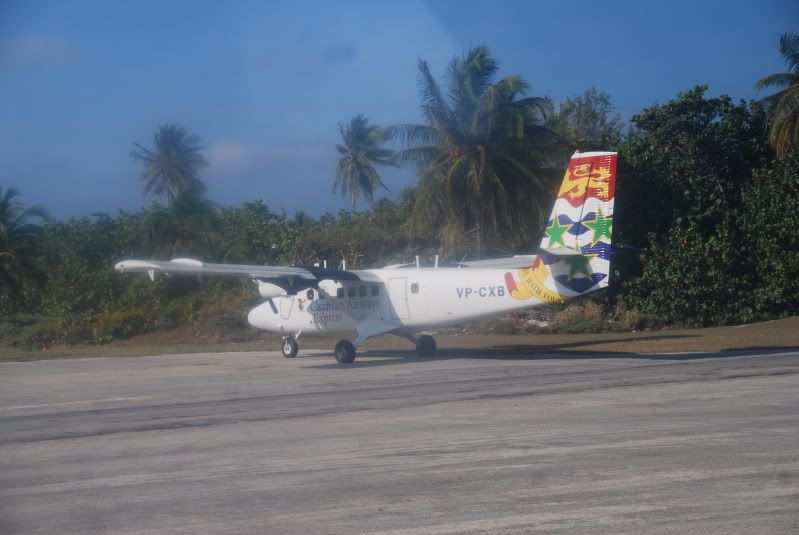steinbruegge
Registered
Hello, all ..
Going to GC in March; staying at Rum Point ..
Would like to go diving in Little Cayman, but would like to make it just a day trip over and back.
So far as I can tell, from the 2002 Flying After Diving Workshop recommendations, , for flights under 2000 feet, conventional 12 hour minimum wait after no-deco dives not necessary.
Would be grateful for any suggestions as to how to organize such a trip to LC.
The citation follows:
General Comments:
Recent experimental trials indicate the risk of decompression sickness (DCS) decreases as the preflight surface interval increases. Based on these studies, the Workshop reached the following consensus recommendations. These recommendations apply to flights at cabin altitudes between 600 metres/2000 feet and 2400 metres/8000 feet and to divers who are without DCS symptoms. Work by Buehlmann, which was used by the US Navy Diving manual, suggests that immediate ascent to 600 metres/2000 feet altitude is possible with low DCS risk. In 1999, the US Navy adopted more flexible procedures based, in part on Buehlmann and Vann et al. Following these recommendations reduces DCS risk but does not guarantee that a diver will avoid DCS.
Thanks ..
Chuck S.
Going to GC in March; staying at Rum Point ..
Would like to go diving in Little Cayman, but would like to make it just a day trip over and back.
So far as I can tell, from the 2002 Flying After Diving Workshop recommendations, , for flights under 2000 feet, conventional 12 hour minimum wait after no-deco dives not necessary.
Would be grateful for any suggestions as to how to organize such a trip to LC.
The citation follows:
General Comments:
Recent experimental trials indicate the risk of decompression sickness (DCS) decreases as the preflight surface interval increases. Based on these studies, the Workshop reached the following consensus recommendations. These recommendations apply to flights at cabin altitudes between 600 metres/2000 feet and 2400 metres/8000 feet and to divers who are without DCS symptoms. Work by Buehlmann, which was used by the US Navy Diving manual, suggests that immediate ascent to 600 metres/2000 feet altitude is possible with low DCS risk. In 1999, the US Navy adopted more flexible procedures based, in part on Buehlmann and Vann et al. Following these recommendations reduces DCS risk but does not guarantee that a diver will avoid DCS.
Thanks ..
Chuck S.




